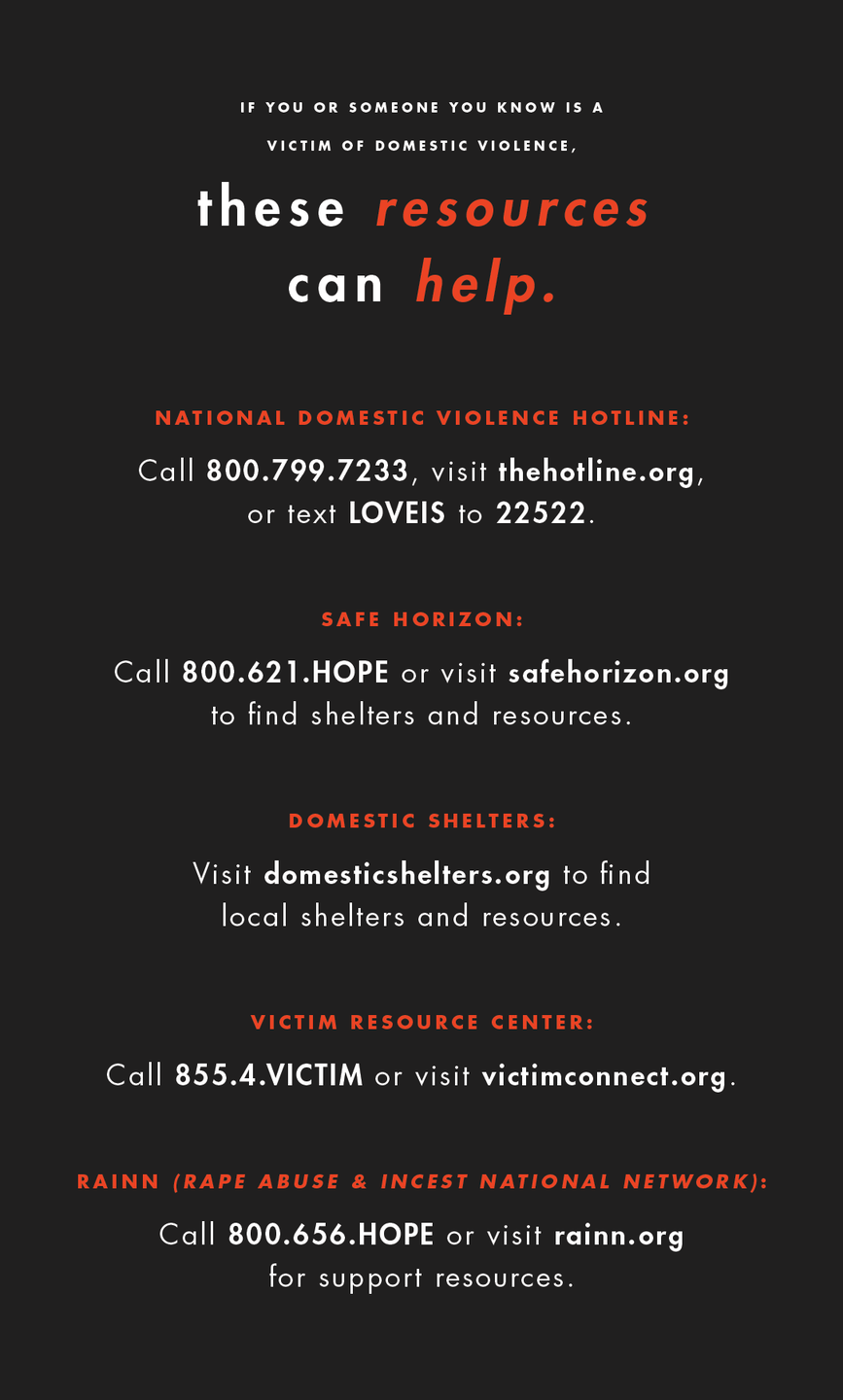“He Forced Her to Wash Her Hands Over and Over Until They Were Raw and Bleeding“

On a recent Wednesday, a telephone operator at the National Domestic Violence Hotline received a frantic call from a woman who had called in before: The escape plan hadn’t worked.
She had gone to the bus station, just like she and the Hotline operators had discussed, so she could board a bus and get away from her abuser—a man who had strangled her until she lost consciousness, who owned guns. But when she arrived, she found that the bus schedules had been altered due to COVID-19. She would not be getting on the bus after all. The operator spoke with her about other options, but none seemed feasible. Then the woman hung up the phone.
Since COVID-19 has spread across the United States, the National Domestic Violence Hotline has fielded tens of thousands of calls, texts, and online chats from victims, many facing a new set of struggles due to the virus. Over the course of five days last week, this is just a sample of what they heard*:
As the majority of the country is being encouraged to quarantine, this presents an impossible problem for victims of domestic violence: They are trapped in one of the most dangerous places possible—at home with their abuser. And help is harder than ever to reach.

This has domestic violence advocates, like Hotline CEO Katie Ray-Jones, focusing less on helping victims escape and more on just helping them survive. “Normally we would be talking about ‘Where can you go?’ but right now, it’s not looking like a lot of options,” she said. “So instead, we’re asking them ‘Where is the safest place for you to go in your home at this moment?’...When this is all over, we’re going to hear some really horrific stories of what women were experiencing behind closed doors.”
That’s if they can even call. Typically, the Hotline receives as many as 2,000 calls, texts, or online chats in a 24-hour-span, but last week, that number fell to around 1,700 in the same time frame. Multiple shelters around the country also told me they saw a drop in calls since the viral outbreak.
“At first, we were very puzzled,” said Malinda Williams, executive director of Community Against Violence in Taos, New Mexico, “because we know from all previous studies that domestic violence goes up with stress.”

Research has consistently found that intimate partner violence increases both in prevalence and severity after disasters. Following the 2010 Deepwater Horizon oil spill in the Gulf of Mexico, people impacted were twice as likely to experience abuse. In the wake of Hurricane Katrina in New Orleans in 2005, physical violence against women doubled. After Hurricane Harvey hit Texas in 2017, the number of strangulations by July 2018 had already surpassed the previous yearly total. And it’s happening now: In China, where COVID-19 was first detected, activists reported that domestic violence surged during the epidemic.
The reason for the decrease in women reaching out for help likely isn’t good news. “We understand that as people are isolated they cannot get away,” said Williams. Sometimes not even to make a phone call.
I first spoke to Ray-Jones last Wednesday, as more and more cities announced its residents should stay at home.

At the time, she sounded worried. But when we talked again two days later, it was clear the situation had escalated.
Now, she mentioned several factors that hadn’t existed before. New media reports showed that gun sales had spiked in response to panic over COVID-19, which was reflected in the Hotline’s calls. The number one way victims die from domestic violence is by a gun. In its latest report, the Violence Policy Center found that nearly 2,000 women were killed by men in the U.S. in 2017, the majority of them with firearms.
At the Center for Women and Families in Louisville, Kentucky, CEO Elizabeth Wessels-Martin shared the same concern. She said that the surge in gun and alcohol sales, coupled with the stress of the virus, had created a “perfect storm for an increase of violence in the home.”
Ray-Jones also mentioned another disturbing new factor: Women were now calling the Hotline saying they had first tried law enforcement and were told that police were not currently making arrests for misdemeanors. Domestic violence can be charged as either a misdemeanor or a felony, depending on state laws and the seriousness of the crime. Many courts are also temporarily closed across the country, with some only issuing emergency orders of protection.
Ray-Jones said she understood the intention behind scaling back arrests, which was to limit jail populations where the virus could spread. But the night before I called her back, she had laid awake thinking about how law enforcement hadn’t helped these women. She imagined how their abusers would likely retaliate against them for calling. “Our toolbox is dwindling,” she said.
Instead of suggesting that victims call the police, the Hotline’s advocates now had to make other suggestions, such as that a woman keep a journal of the abuse to document for a later protection order. If she couldn’t escape home, they might advise her to stay away from bathrooms and kitchens, which can be dangerous areas for arguments to break out. They might recommend she teach her child a code word to run next door for safety. They might propose she text her friends for emotional support. Or they might ask if she could sleep in her car. “These are not ideal,” Ray-Jones said.
Peggy Whilde, the Hotline’s codirector of operations, doesn’t typically answer the phones. But because of the unique needs of the pandemic, nearly everybody is working the lines. Whilde told me her strategy that week had been to suggest informal sources of support, since many of the callers had reported that courts or shelters were closed or that they were afraid to go to the hospital for their injuries.

Whilde had recently spoken with a woman who had managed to escape a decades-long abusive relationship. The woman left before the response to COVID-19 had ramped up, but by the time she got to a local shelter, it couldn’t provide her with any services due to the virus. Now, the woman told Whilde, she was living out of her car with her dog, afraid, without any access to materials to maintain her hygiene.
Whilde couldn’t offer her much, but she brainstormed with her about any friends or family she could call for support. Beyond that, Whilde said, “We did a lot of just validating that she’s not alone in this, and that we’re here.”
Despite the circumstances, and even as other services are limited, the Hotline remains available around the clock. “I’m here,” an operator will reassure anyone in need of help. And for right now, that will need to be enough.
*The Hotline does not track callers’ contact information or abuse histories. Logs have been edited for clarity and to protect the identities of the callers.

You Might Also Like

 Yahoo News
Yahoo News 
